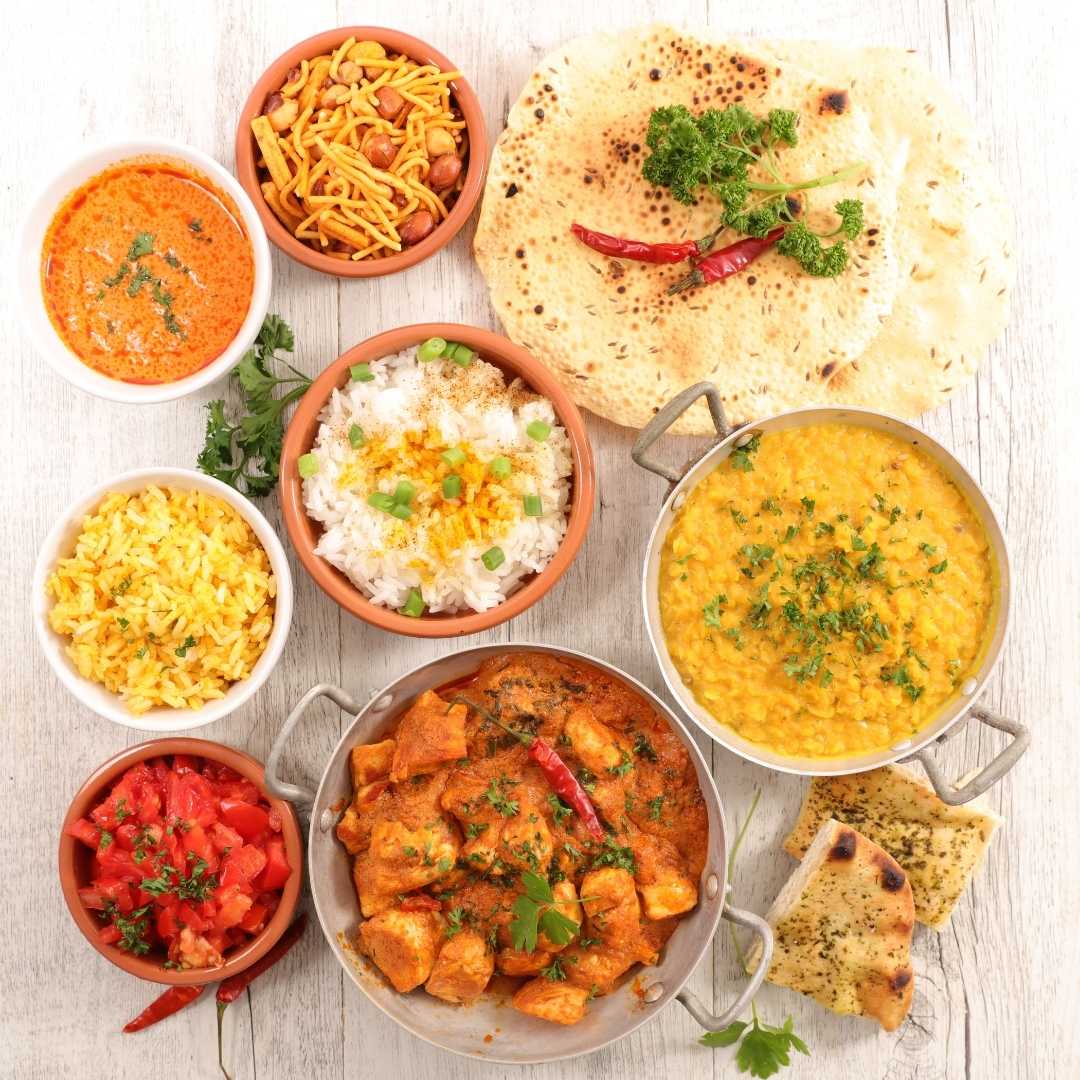
India is a hedonistic country, and eating is its favorite guilty pleasure. Despite the fact that cuisines from different sections of the country are so diverse, their community's love for food is the one common aspect that unifies them. Still, while enjoying the country's rich culinary history, you may have questioned who created certain mainstays, such as biryani or chicken tandoori, and how they came to be. No? We weren't, either, until someone casually told us the story behind biryani, and it caught us.
Because some narratives rely heavily on oral histories, a few facts have become hazy as they've been passed down the generations, so bear with us when it comes to those that have several contradictory interpretations that even food historians can't agree on. Others, on the other hand, are completely trustworthy and unquestionable. But one thing is certain: believe us when we say that some of the stories we've found will leave you completely satisfied.
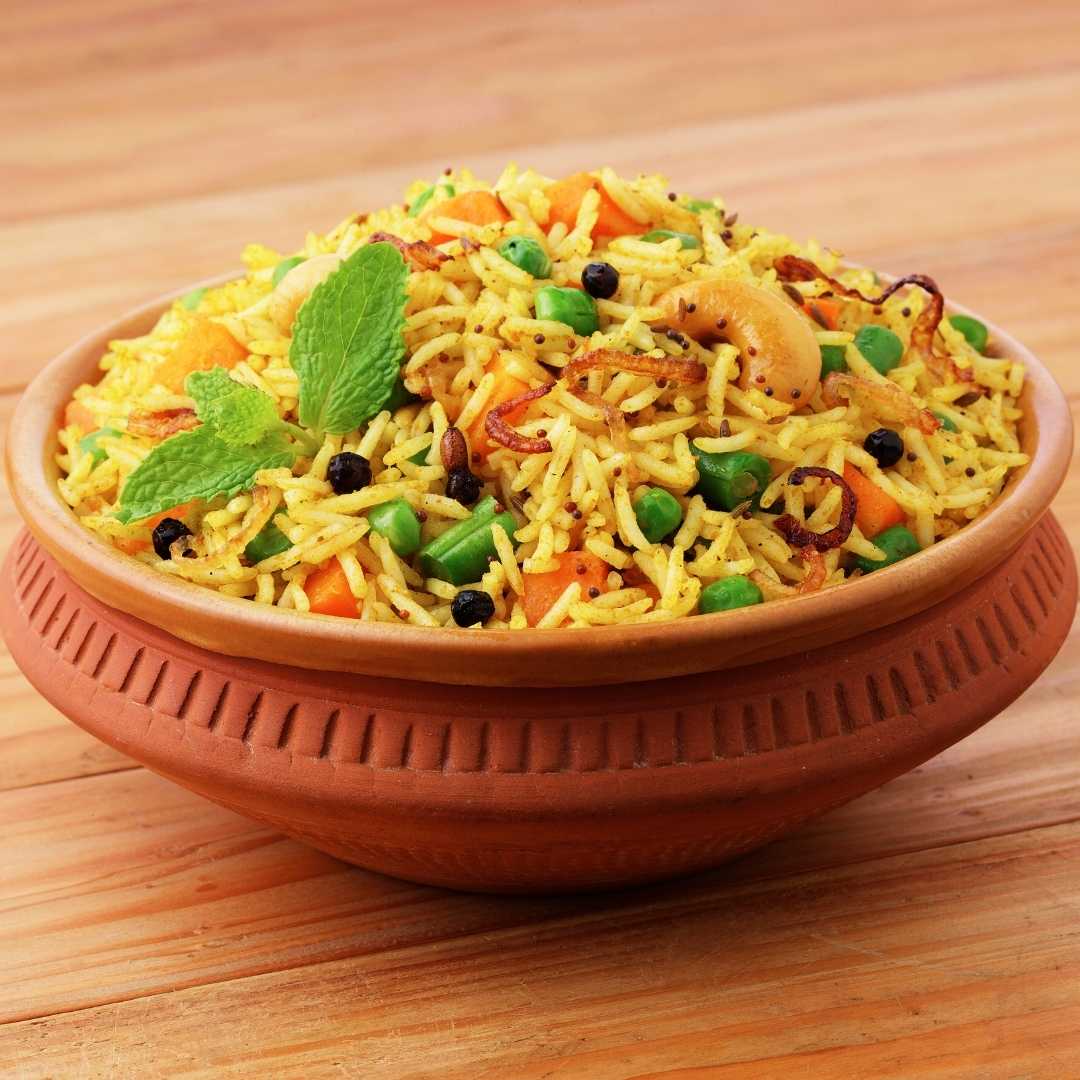
The term "biryani" is derived from the Persian word "birian," which means "fried before cooking." According to legend, Shah Jahan's queen, Mumtaz Mahal (1593-1631), reportedly visited army barracks and felt the troops were malnourished. As a result, she requested that the chef produce a unique dish that supplied balanced nutrients. After a few rejections, she settled on biryani as the 'whole meal' that could be eaten in a single serving. While the dish's origins are Persian and Afghani, the Mughals produced it within the broad Indian subcontinent they dominated for years, demonstrating the potency of the well-traveled spice trade. Also, the next time you visit the Taj, remember to say a modest thank you to Mumtaz. Another idea holds that a rice dish known as "Oon Soru" was discovered in Tamil as early as 2 A.D. Oon Soru was a dish made from rice, ghee, pork, turmeric, coriander, pepper, and bay leaf that was served to military warriors. Other theories include Timor The Lame transporting biriyani from Kazakhstan to Northern India via Afghanistan, and nomads burying an earthen pot full of meat, rice, and spices in a pit, which was then dug up to form biriyani.
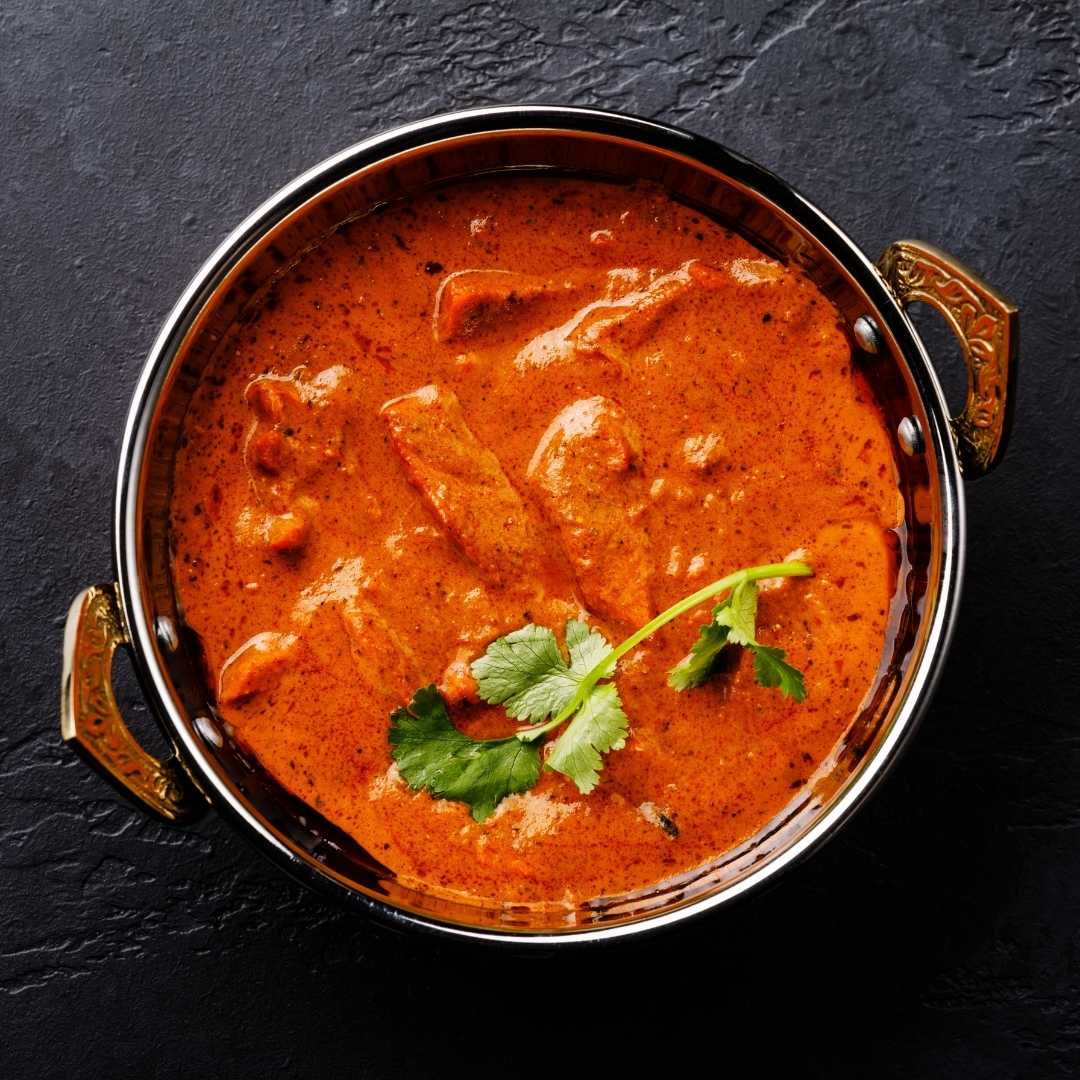
Butter chicken's origins can be traced back to Old Delhi. It is reported to have been invented by Kundan Lal Gujral, who owned the Moti Mahal Delux restaurant in Peshawar. Chef Simon Mahil Chahal moved the restaurant, Moti Mahal, to Delhi shortly after the partition. The tale goes like this: after the restaurant closed late at night, a VIP guest came in and asked for some chicken dish' to be prepared for him. When the chef checked through his materials, he realized he only had half of a Tandoori chicken to cook with. So, improvising quickly, he combined it with generous amounts of butter, tomato, and garam masalas and created an unknown dish. What he didn't realize was that the dinner he had prepared was for Mareelun's king, who, unexpectedly, enjoyed it. So, if someone tells you that butter chicken is a "complex" dish, remind them that it was created owing to a scarcity of ingredients, not an abundance of them, as folklore has it. Even within Moti Mahal today, there is no single constant recipe. The original owner's family lost ownership of the Daryaganj Moti Mahal after his death. Without the involvement of Kundanlal's family, another chain operated multiple restaurants under the name Moti Mahal Deluxe. There are now hundreds of Moti Mahals around the world.
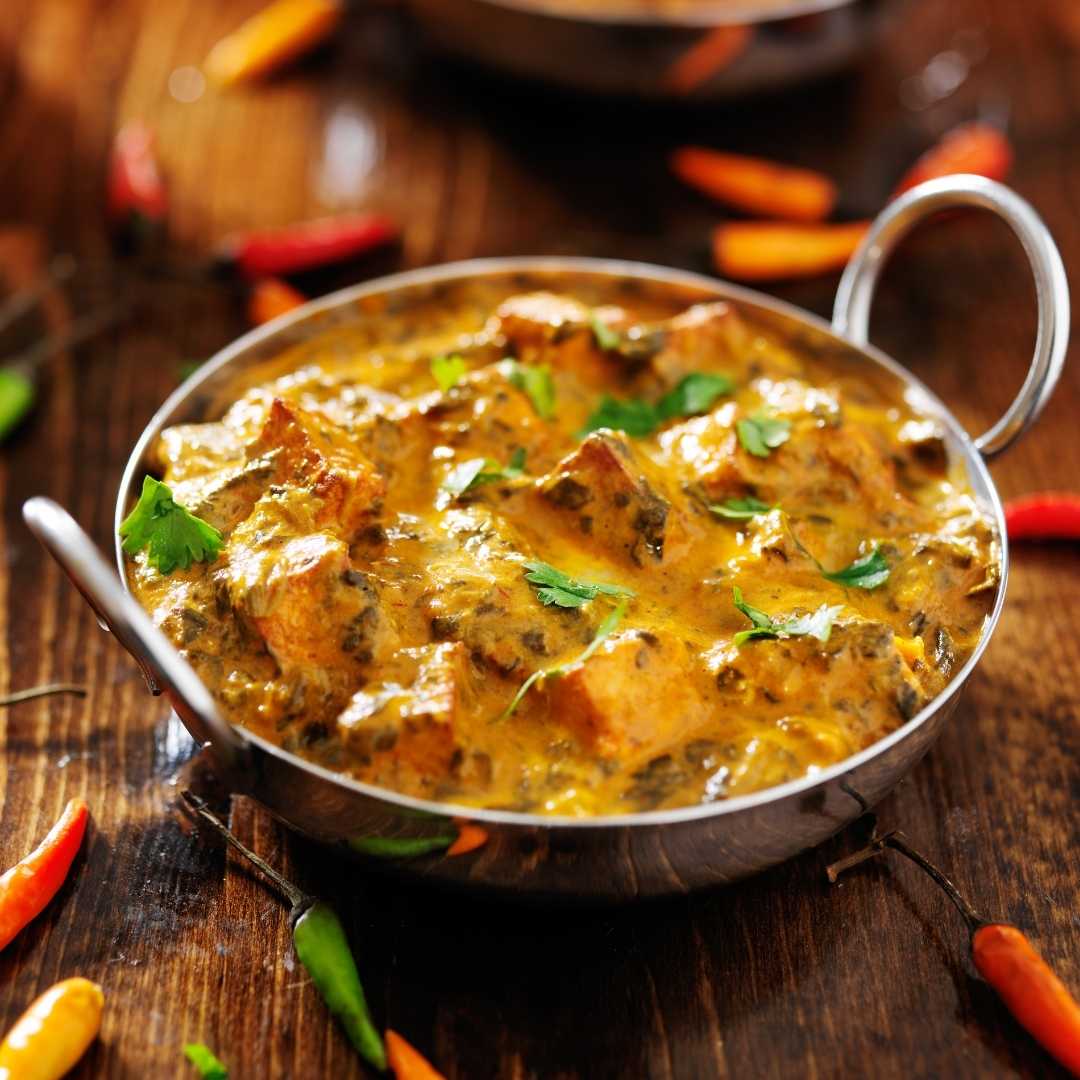
Paneer is an essential ingredient in almost all Indian recipes, with Palak Paneer being the most well-known, especially among the many vegetarian households that dot the country. According to tradition, few people realize that paneer was an unintentional invention. According to legend, the Mongols were on a long journey, riding horses carrying milk in Mushkis (bags made of rawhide). The heat of the deserts, however, and the rennet in the leather transformed the milk into paneer. They tried the finished product (kudos to their adventurous spirit) and found it quite tasty. The Mughals transported it to India in future years and blended it with various Indian spices and veggies, which finally became a staple, as we can all attest today. But wait, there's more! Some authors, like Sanjeev Kapoor, interpret Vedic literature to relate to a material that is understood as a type of paneer. According to Arthur Berriedale Keith, a type of cheese is "perhaps mentioned" in the Rigveda. According to Otto Schrader, another source, the Rigveda references "a skin of sour milk, not cheese in the proper sense." According to BN Mathur, the first indication of a heat-acid coagulated milk product in India may be traced back to 75-300 CE, during the Kushan-Satavahana era, based on books such as the Charaka Samhita. Paneer, they claim, is indigenous to the northwestern portion of South Asia and was brought to India by Afghan and Iranian travelers. Paneer may also be influenced by Portuguese techniques such as "breaking milk."
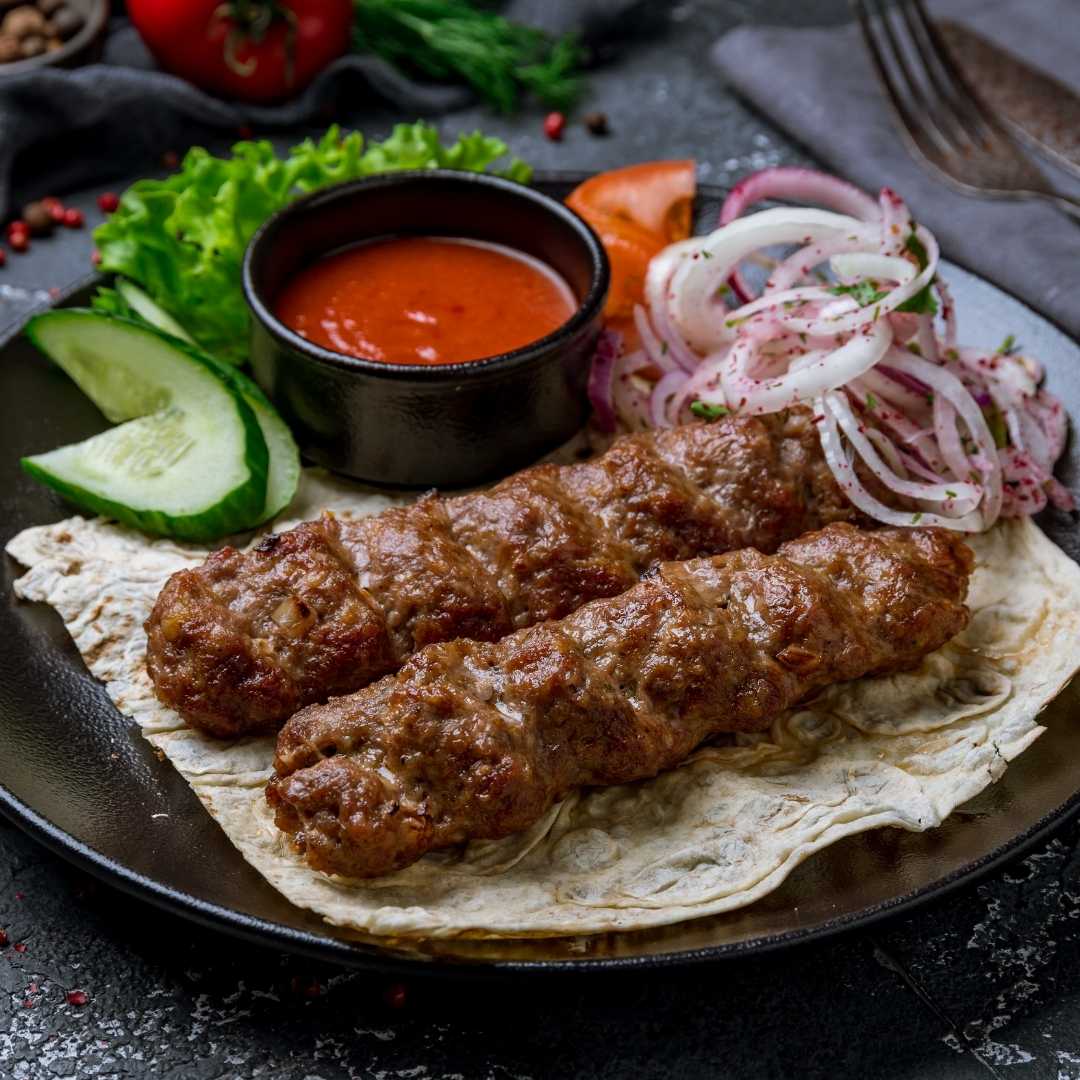
Although kebabs are the pride of the Middle East and a favorite of every Indian, one hypothesis holds that the meal was developed in Turkey during the Medieval Era. According to the account, in order to save meat while traveling, the troops broke it up into small pieces, grilled it on their swords, and ate it with some bread. However, the term 'kebab' is thought to have derived from the Arabic 'kabab,' which means to scorch or burn, while the Turkish variant is 'kebap.' Still, tracing the roots of kebabs, in general, is difficult because this overarching cuisine has many various forms, ranging from the shami kebab (which purportedly originates in Pakistan) to the shish kebab to the typically Indian Hara bhara kebab. People who believe kebabs were created in Turkey argue that soldiers used to cook portions of freshly hunted animals twisted on swords over open-field fires. In 1377, the name was discovered in a Turkish script of Kyssa-i Yusuf, the oldest known source where kebab is mentioned as a food item.
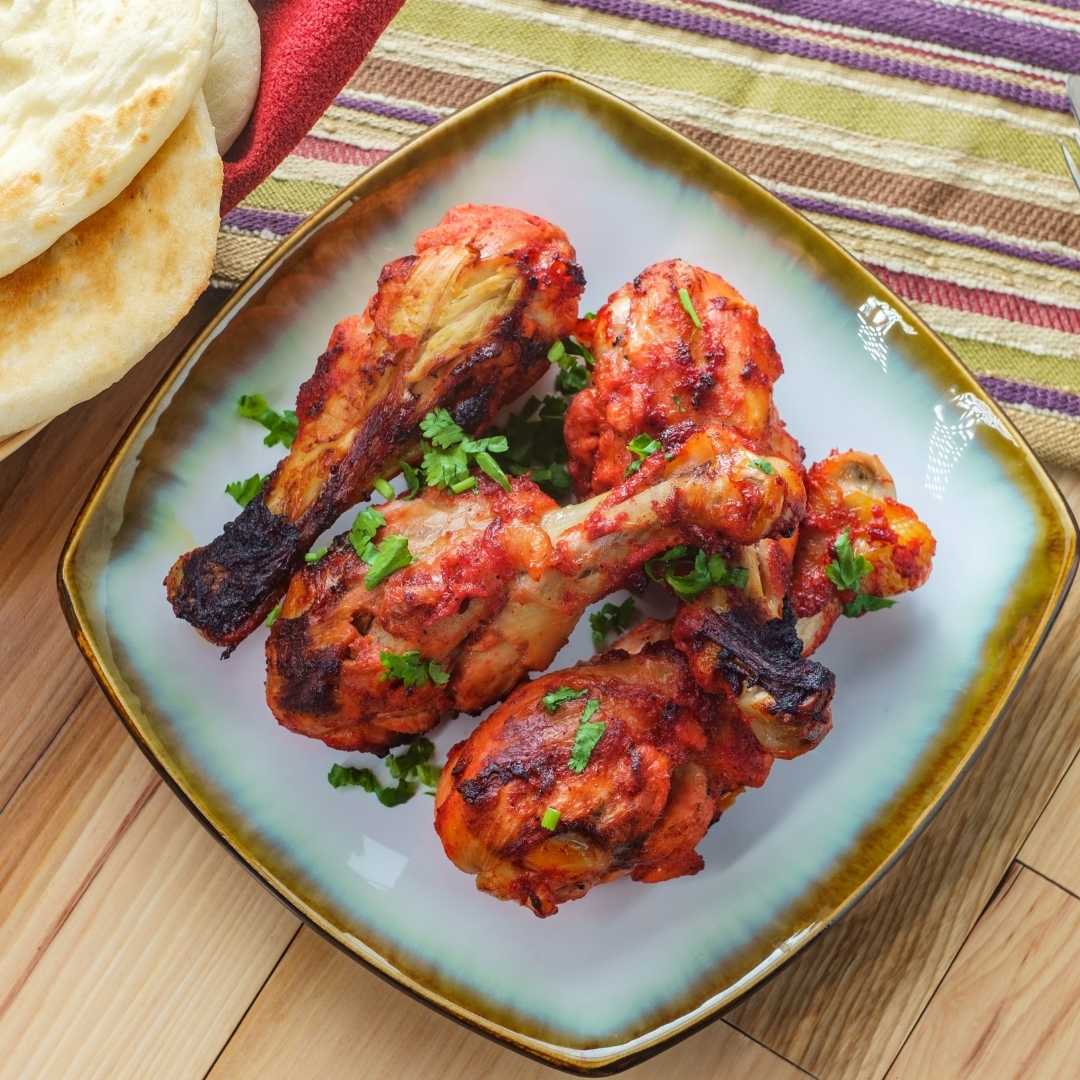
Remember the story of how Butter Chicken came to be? It turns out that the same restaurant also offered the world the delectable tandoori chicken! The dish is reported to have originated at Moti Mahal Delux, where Kundan Lal Gujaral was the head chef and owner. The chef was known to experiment with his foods and was fond of his tandoor. So, as an experiment, he skewered some chicken, seasoned it, and cooked it in the tandoor. The end effect was so fantastic that it amazed India's first Prime Minister, Jawaharlal Nehru. According to archives, he later converted Moti Mahal into his official feast.
The Prime Minister ordered Chicken Tandoori for visiting guests such as American Presidents Richard Nixon and John F. Kennedy, Soviet leaders Nikolai Bulganin and Nikita Khrushchev, the King of Nepal, and the Shah of Iran. Tandoori chicken's subsequent popularity spawned other varieties. Chicken Tikka was born as a result of the use of boneless chicken. Tandoori food was traditionally linked with Punjab and became popular in the mainstream following the 1947 split when West Punjabis were resettled in regions such as Delhi, while sources claim that the tandoori way of cooking chicken dates back to the Mughal Empire.
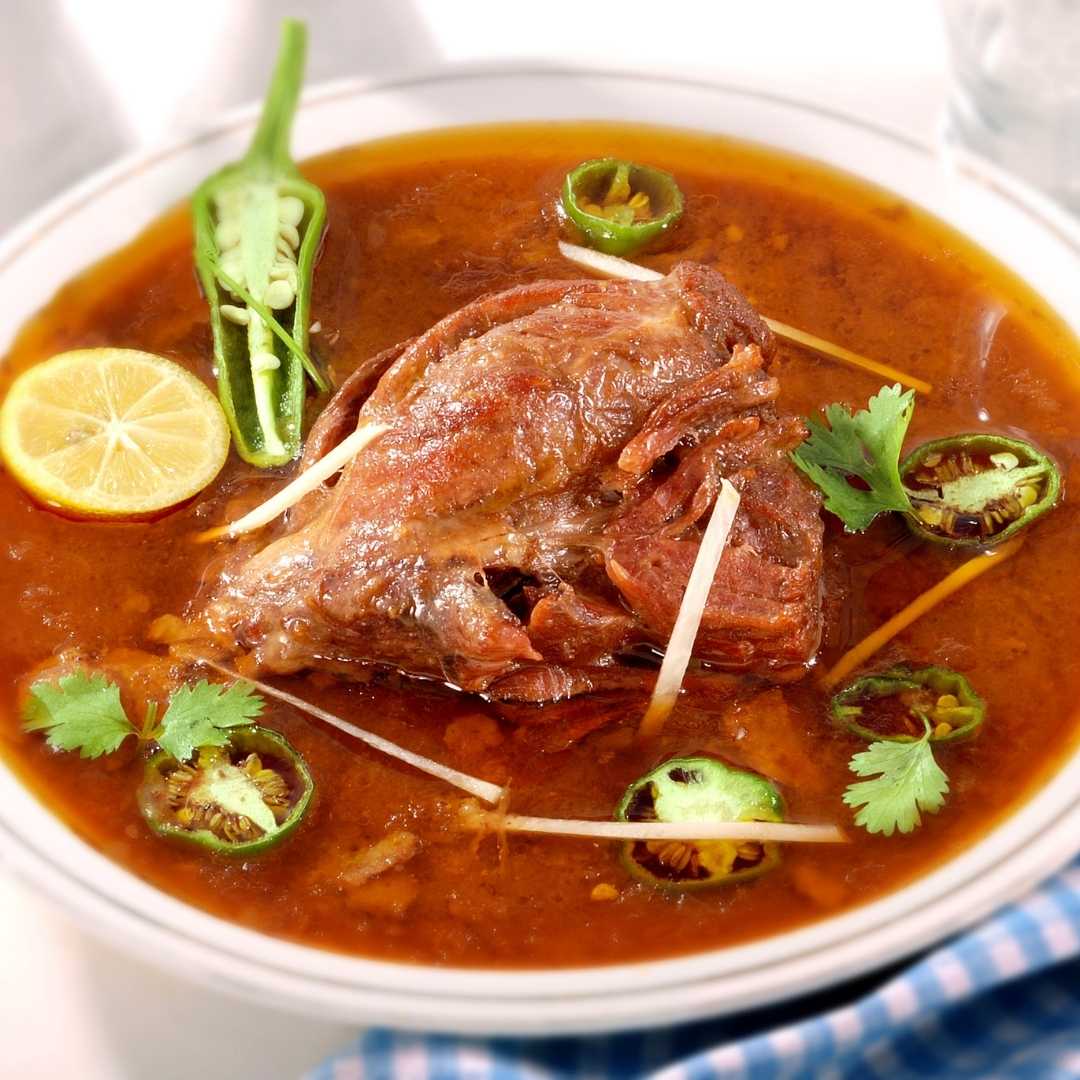
Many versions claim that nihari originated in the royal kitchens of Lucknow, Awadh (modern-day Uttar Pradesh, India), in the late 18th century, during the Mughal Empire's final throes. It was initially intended for working-class individuals to take as a hefty, high-energy breakfast dish on an empty stomach, especially in colder locations and seasons. However, the dish gained widespread popularity and finally became a staple of Mughal-era nawabs' regal cuisine. Nihari evolved alongside the Muslim cuisine of the Indian subcontinent. It is still a famous delicacy, particularly in Old Delhi, Lucknow, Dhaka, and Chittagong. The meal is well-known for its heat, flavor, texture, and gravy.
Nihari is a popular dish in the Muslim communities of Lucknow, Delhi, and Bhopal in India. Following India's division in 1947, many Urdu-speaking Muslims from northern India went to Karachi in West Pakistan and Dhaka in East Pakistan, where they opened a number of eateries that served the dish. Nihari became a huge success in Karachi and quickly spread in popularity and availability throughout Pakistan.
Amchur Restaurant & Bar is one of the popular Indian restaurants which provides not only Indian cuisines but also Nepalese and Oriental cuisines with a contemporary approach which are not only healthy but also immensely delicious to the customers who have visited and dined at the restaurant. Amchur Restaurant & Bar provides dine-in service along with takeaway and delivery service. If you like to try out the takeaway or delivery you can place an order by clicking here. You can also reserve a table for your family or friends by clicking here.
-
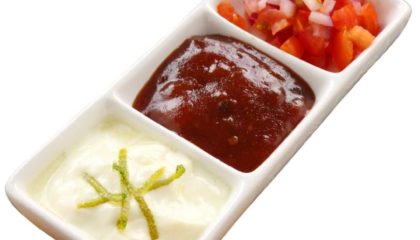 Read more +
May 26, 2022 By Amchur Restaurant in Indian Cuisine
Read more +
May 26, 2022 By Amchur Restaurant in Indian Cuisine
Popular Indian Condiments in UK
-
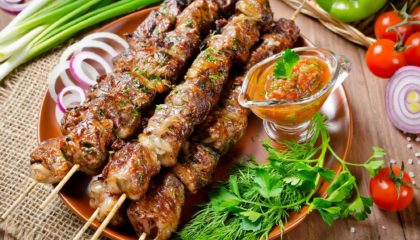 Read more +
April 27, 2022 By Amchur Restaurant in Indian Cuisine
Read more +
April 27, 2022 By Amchur Restaurant in Indian Cuisine
Indian Restaurants and food popularity in the UK
-
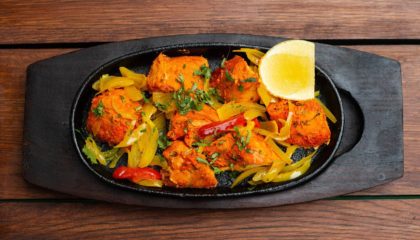 Read more +
April 21, 2022 By Amchur Restaurant in Indian Cuisine
Read more +
April 21, 2022 By Amchur Restaurant in Indian Cuisine
Indian Restaurants and the ways of Indian cooking
-
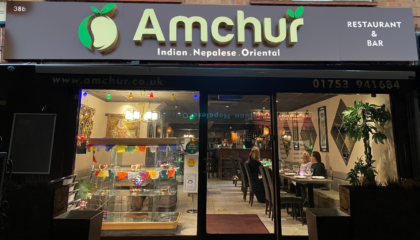 Read more +
April 20, 2022 By Amchur Restaurant in Indian Cuisine
Read more +
April 20, 2022 By Amchur Restaurant in Indian Cuisine
Amchur Best Indian Restaurant in Old Windsor
-
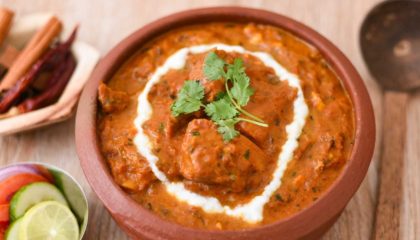 Read more +
April 15, 2022 By Amchur Restaurant in Indian Cuisine
Read more +
April 15, 2022 By Amchur Restaurant in Indian Cuisine
Best Indian Restaurant in Old Windsor

You must be logged in to post a comment.